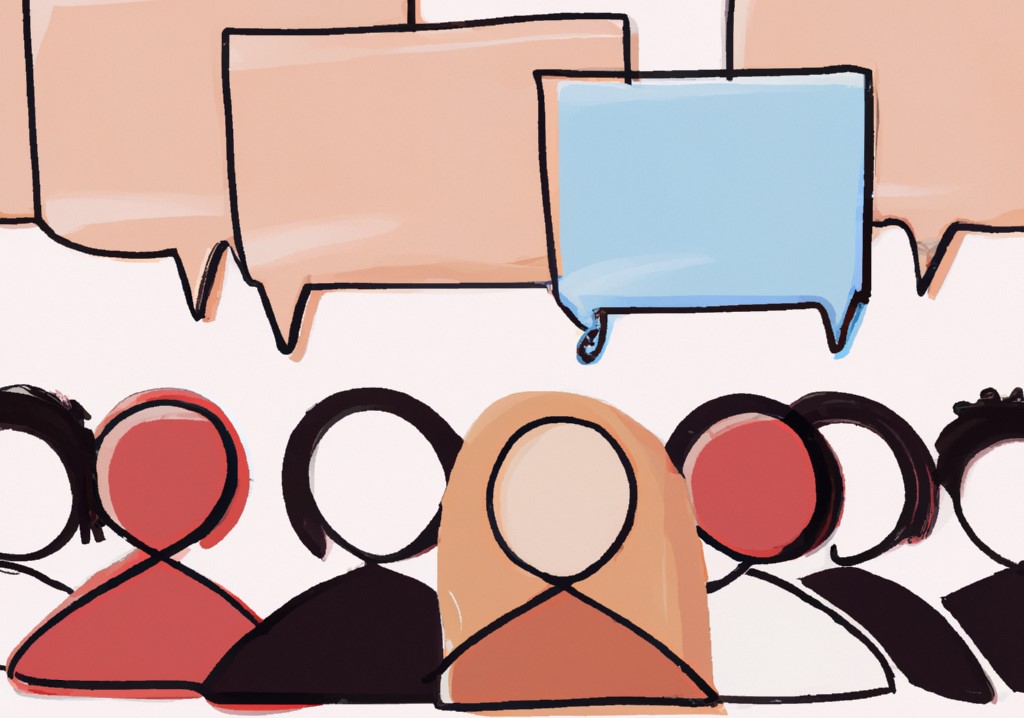Tag: communication
-

Bias Mitigation Checklist
A Comprehensive Checklist for Preparing and Delivering Fair FeedbackThis checklist is designed to help managers ensure their feedback is free from bias, both during preparation and reflection. Use this tool to review your feedback and assess for potential biases that could distort your evaluation.Preparation: Before Giving FeedbackEvaluate Based on Objective Criteria:Have I reviewed clear, measurable…
-
Navigating Emotional Reactions
A Comprehensive Guide for ManagersWhen managers provide feedback, particularly in challenging conversations, emotional reactions are inevitable. Emotions such as fear, anxiety, anger, sadness, or even shame can arise. It’s crucial for managers to remain calm, empathetic, and supportive during these moments. This guide provides step-by-step strategies to help managers navigate emotional reactions effectively.Navigating Emotional ReactionsManaging…
-
Setting Objective Standards
Why Unwritten Standards Cause Issues and How to Address ThemUnwritten standards in performance management are a common pitfall in many organisations. Although they may seem benign, failing to document and communicate clear performance expectations can lead to significant challenges. Here’s a deeper look into why unwritten standards can cause issues, how they affect management and…
-
Feedback Frequency
Feedback Frequency and Impact: What Research Reveals and Best Practices for ManagersProviding feedback is a crucial part of managing and developing teams, but how often should you offer it? The answer isn’t one-size-fits-all. Research and best practices suggest that feedback frequency plays a significant role in enhancing employee performance, engagement, and growth. Here’s a closer…
-

Exploring Subtle Acts of Exclusion (or Microaggressions)
Unravelling Subtle Discrimination and Its ImpactOver the course of a day, marginalised individuals often encounter countless seemingly innocuous remarks: “You don’t look disabled.” “You’re reading too much into that.” “Normal people don’t do that.” “You’re being overly sensitive.”These microaggressions, while subtle and unintended, have a cumulative effect that perpetuates systemic bias. From inaccessible facilities to…
-

To say or not to say
Have you ever wondered about the impact of the language we use? In this article we’ll explore how the words we choose can create a safe and inviting environment for everyone. We’ll delve into the concept of default identities and why they might unintentionally exclude some individuals. We’ll also discuss a thought-provoking shift in perspective: moving…
-

Story telling: Part three
In Part 3 of story telling, we look at how visuals add to your story and can help your story stay with your audience well after your conversation or presentation.
-

Story telling: Part two
In this second part of story telling we dive deeper into the story elements to create more urgency and surprise (yes, even surprise) to hook your audience.
-

Story telling: Part One
Story telling is a powerful tool for change. In this three part series, we outline how to create impactful stories that inspire change
-

Inclusive language: a starters guide
Language, when used well creates a common understanding. Inclusive language enables everyone to feel respected and valued. This short guide provides an overview of inclusive language and includes some simple steps you can follow to make your language more inclusive.
